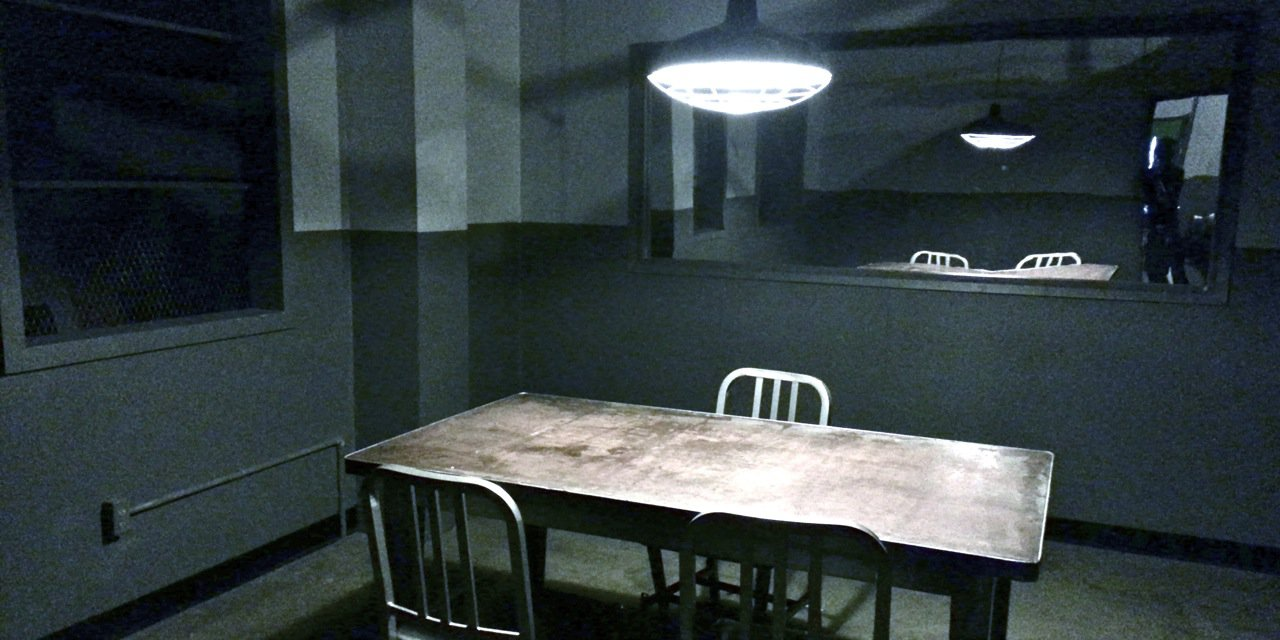Finished Script, onto filming!
I’m back! On Thursday, 2 of my group members and I met up to work on this script and we finished!! It came out well, but we want to find a way to make the ending more indicative of the purpose: criticizing the court system and its unfairness/ bias.
I'll copy only some of the script below because I don't want to give too much away:
Enrique: “Can we get back to the reason why I’m here?”
Interrogator: Watch your tone. In America, we respect authority.”
Mood changes from aggression to passive aggressive. (chuckles)
Interrogator: “So tell me, you haven’t been here in awhile…”
Enrique: “Yeah I’ve been trying to clean up”
Mark: “Face it, your people will always be criminals”
Basically, we really wanted the interrogator to be as mean and rude to the “criminal” as possible. The interrogator is symbolic of the court system and the justice system. The protagonist, Enrique, is symbolic of the hard-working, lower class minority who is trying to make a living and get by in America. At the end of the scene, we wanted Enrique to have his hands somewhat moving and the interrogator slap them down and shut them closed. This is symbolic of the court system shutting down minorities and being bias of them before actually knowing who they really are.
 We also looked at TV shows like Criminal Minds to get some inspiration. We looked at one scene in particular to show the characterization of the interrogator. He is slick, rude, and knows the type of information he’s looking for and will try to twist Enrique’s words to get him to confess to anything. Especially in this episode where the criminal says “so, you have no right to search me?” and the interrogator asks “why? What would we find?” is perfect for how we want our interrogator to come off as. He puts the criminal in an uncomfortable situation, trying to get him to break easily and confess to anything. This scene really helped us get a better understanding of how interrogators act, what they say, and how our actor should stand, walk, and position himself.
We also looked at TV shows like Criminal Minds to get some inspiration. We looked at one scene in particular to show the characterization of the interrogator. He is slick, rude, and knows the type of information he’s looking for and will try to twist Enrique’s words to get him to confess to anything. Especially in this episode where the criminal says “so, you have no right to search me?” and the interrogator asks “why? What would we find?” is perfect for how we want our interrogator to come off as. He puts the criminal in an uncomfortable situation, trying to get him to break easily and confess to anything. This scene really helped us get a better understanding of how interrogators act, what they say, and how our actor should stand, walk, and position himself.
We also focused on the little things like slang words and context. We figured if our protagonist was to be lower class, he should talk like a lower class person and his dialogue shouldn’t be enriched in vocabulary, opposed to the interrogator's dialogue. This will also help the audience understand the differences between these two characters.
We’re waiting on our other group member to add her comments on the script, and help us finish with a stronger ending, and Sunday we film everything. I’m very excited, especially because our actors are going to be amazing in their roles and this is finally coming together quite nicely.
I’ll post more information and updates tomorrow.
Until then, keep watching!
References:
Spera, R. (Director). (2008, November 5). Criminal Minds [Video file]. Retrieved from https://www.youtube.com/watch?v=NM2f9nWb_GU
 Lastly, The King’s Speech. This opening starts off with white letters on a black screen describing the year and the situation of the following opening scene. This is a great way to introduce the setting and the main conflict. By the end of the opening scene, the audience realizes that the Duke has a stutter problem, and by the looks of his “subjects,” this problem has been going on for a while and the movie will probably be about him and his speech impediment. This opening also uses great mise-en-scene to hint that this was during the 1920s because of the technology, devices, and wardrobe used.
Lastly, The King’s Speech. This opening starts off with white letters on a black screen describing the year and the situation of the following opening scene. This is a great way to introduce the setting and the main conflict. By the end of the opening scene, the audience realizes that the Duke has a stutter problem, and by the looks of his “subjects,” this problem has been going on for a while and the movie will probably be about him and his speech impediment. This opening also uses great mise-en-scene to hint that this was during the 1920s because of the technology, devices, and wardrobe used.